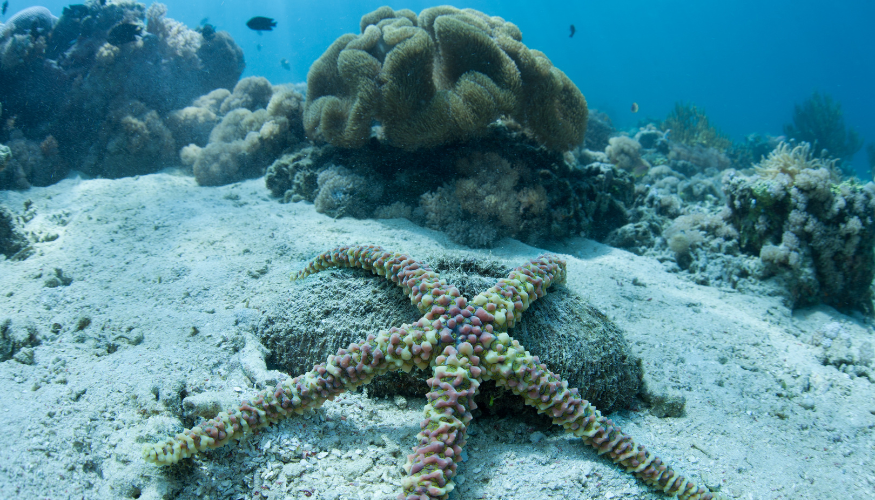UNH scientists and students on monumental ocean mapping expedition in Hawaii

New England Council Member the University of New Hampshire will send 12 scientists and students on a seafloor mapping expedition in the Papahānaumokuākea Marine National Monument (PMNM) for 23-days. The goal of the mission is to help scientists understand the natural and cultural resources in the PMNM in addition to contributing to the SeaBed 2030 project which aims to map all of the world’s seafloor by the year 2030.
The PMNM is the largest marine protected area under U.S. jurisdiction so mapping the seafloor will be key to capturing different geographic features. During this expedition, the team of scientists from UNH sets their sights on creating a high-resolution seafloor map and running an uncrewed autonomous surface vessel. The group will board the E/V Nautilus and launch the DriX, an autonomous vessel, which will be able to capture surface areas to small for the Nautilus to reach. The team will operate 24/7 to monitor the dual technology to collect echosounder data from both pieces of equipment.
Director of UNH’s Center for Coastal and Ocean Mapping and leader of the expedition Larry Mayer “[t]his is a tremendous example of the broad reach of UNH and its global influence on the ocean mapping world.”
The New England Council would like to commend UNH and the scientists bound for the Papahānaumokuākea Marine National Monument for their commitment to exploring the aquatic frontier.
Read more in Union Leader and UNH Newsroom.